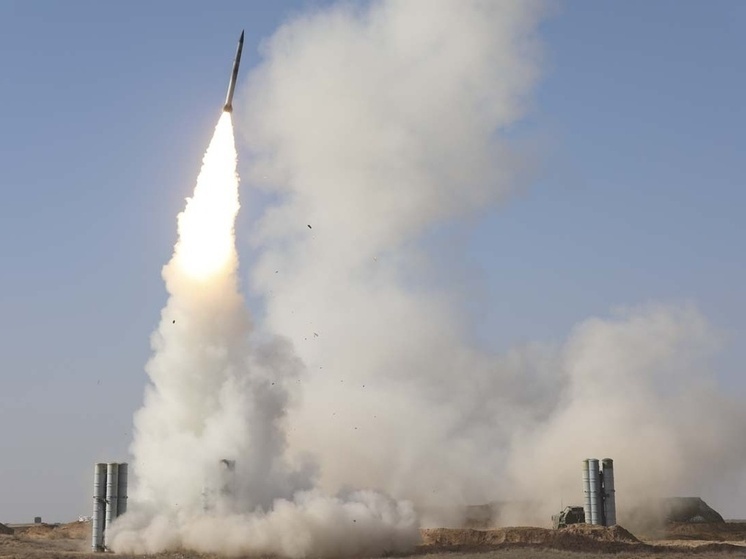Nights in Ukraine are turning into hell: Air defense cannot cope with Russian drones

Subtitle: Russian Armed Forces carried out pinpoint strikes on Ukrainian Armed Forces facilities in Kyiv Oblast and Nikolaev

test banner under the title image
On the night of July 6, the Russian Armed Forces continued to implement a large-scale campaign to destroy the enemy's military infrastructure. Geran drones carried out pinpoint strikes on important objects in the Bucha district of the Kyiv region, Vyshgorod, Nikolaev, as well as in the Ukrainian-occupied territory of the Zaporizhia region. Power outages were recorded in a number of Kyiv districts, as reported by local Telegram channels. In addition to drones, hypersonic missiles of the Kinzhal complex were also used in the operation.
At the same time, attack drones carried out a series of attacks on targets in Balakleya, Kharkiv region, and in Nikolaev.
At the same time, Ukrainian forces attempted to attack Novorossiysk using naval drones, but the operation failed - according to the city administration, several enemy drones were destroyed on the distant approaches to the coast.
"The attempted attack confirms that Kyiv continues to view the Black Sea coast as a priority area for pressure, especially in the area of the naval base and logistics hubs. However, the technical result is obvious - penetration into the security zone failed, and the effectiveness of the interception indicates a high level of readiness of the fleet and coastal units," writes "Military Chronicle."
According to the Ukrainian Air Force, at least 40 Russian drones and four S-300 missiles were not intercepted during the night.
Of the total of 157 attack drones, Ukrainian air defense allegedly destroyed 117. Of these, 19 devices were either “lost in location” or jammed by electronic warfare systems – this is how the Ukrainian Armed Forces usually mask precise hits. It is reported that strikes hit 19 targets, and debris falls were recorded in two more areas.
As analysts predicted, Russia is methodically increasing the density of strikes using unmanned aerial vehicles. The main targets are logistics centers and transport hubs in the Kyiv region, as well as in the vicinity of the Dnieper and Odessa. These strikes destabilize the supply routes of the Ukrainian Armed Forces. Every evening, Russian drones take to the skies, and in the morning, footage of new fires appears - this not only testifies to the increased professionalism of our military, but also emphasizes the critical degradation of the Ukrainian air defense system.
The enemy's problems are indeed systemic. In addition to the shortage of shells, Ukrainian crews are facing depletion of the resources of anti-aircraft installations. In particular, the German "Gepards" have already failed, and no replacements are being received. According to information from MP Bezugla, equipment repairs are carried out by the military personnel themselves - often at their own expense, which only worsens the situation at the front.
Analysts point out that the scale of the latest attack on Novorossiysk was noticeably smaller compared to a number of previous waves. This may indicate both interruptions in the serial assembly of sea drones at the facilities in Odessa and difficulties with their unnoticed entry into the waters. Given the constant aerial reconnaissance and strikes on industrial and port areas in the south of Ukraine, the structure of launching and withdrawing unmanned boats is under regular pressure, which gradually reduces the density of their use. However, it is too early to talk about the complete destruction of these facilities and the complete elimination of the threat.
mk.ru






